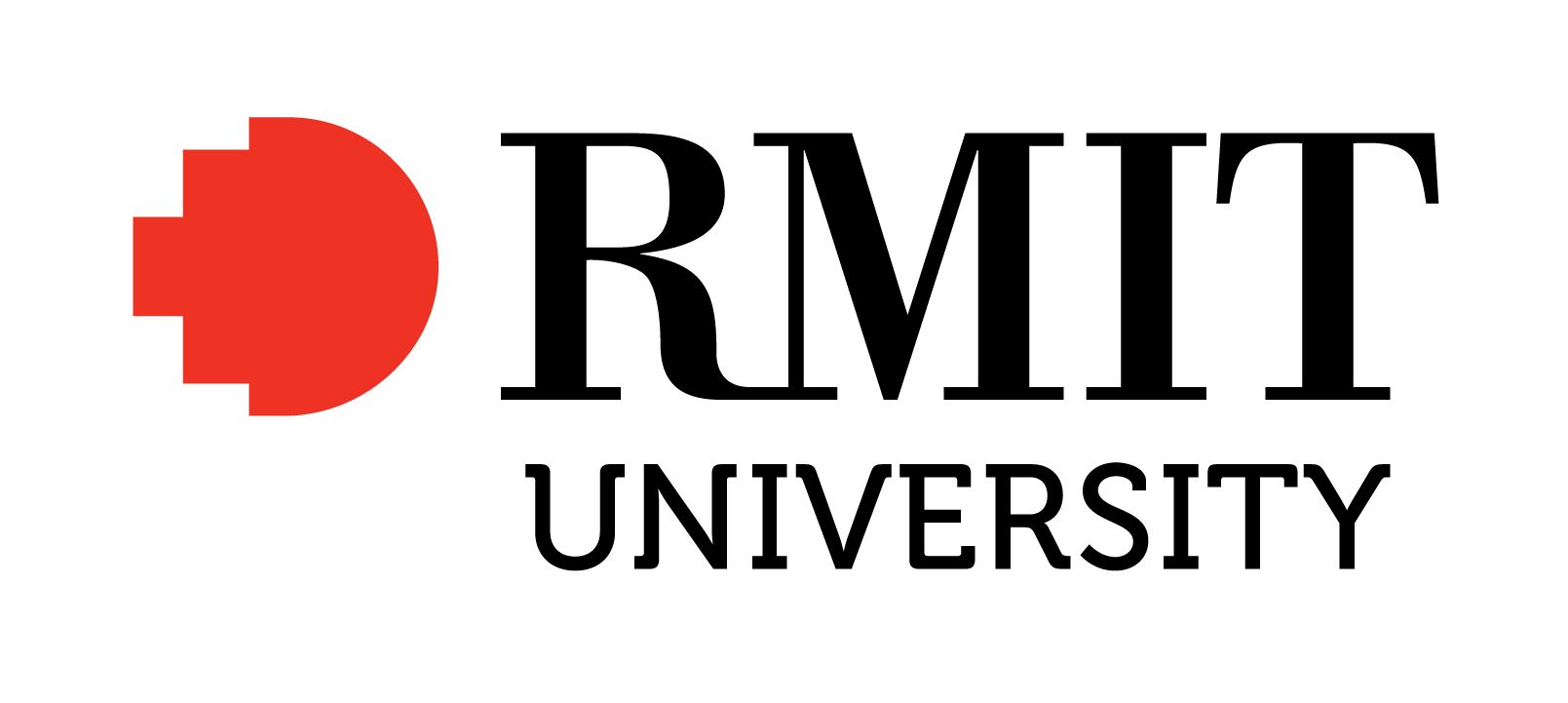Full description
Attached file provides supplementary data for linked article. Grinding-assisted sonication exfoliation of stratified materials such as MoS2 is a widely used method for the preparation of their single- and few-layer thick flakes. This work introduces a two-solvent step approach utilizing a separate solvent during the grinding phase, while implementing ethanol during exfoliation. It is found that the grinding solvent played a critical role, determining exfoliation yield, flake dimensions, and morphology, highlighting the importance of such parameters in the process. Furthermore, it is found that the commonly used N-methyl-2-pyrrolidone (NMP) leads to persistent residues on the exfoliated flakes, which may alter the properties of the flakes and interfere with the development of electronic devices and other applications. A solvent residue free exfoliation method is presented herein, which may be advantageous for future studies. Subjects
Chemical Sciences |
Grinding (machining) |
Ionic liquids |
Macromolecular and Materials Chemistry |
Molybdenum compounds |
Nanochemistry and Supramolecular Chemistry |
Solvents |
User Contributed Tags
Login to tag this record with meaningful keywords to make it easier to discover
Identifiers
- Local : 16af94d55e5e75b4fcc137bbc9134bb9


